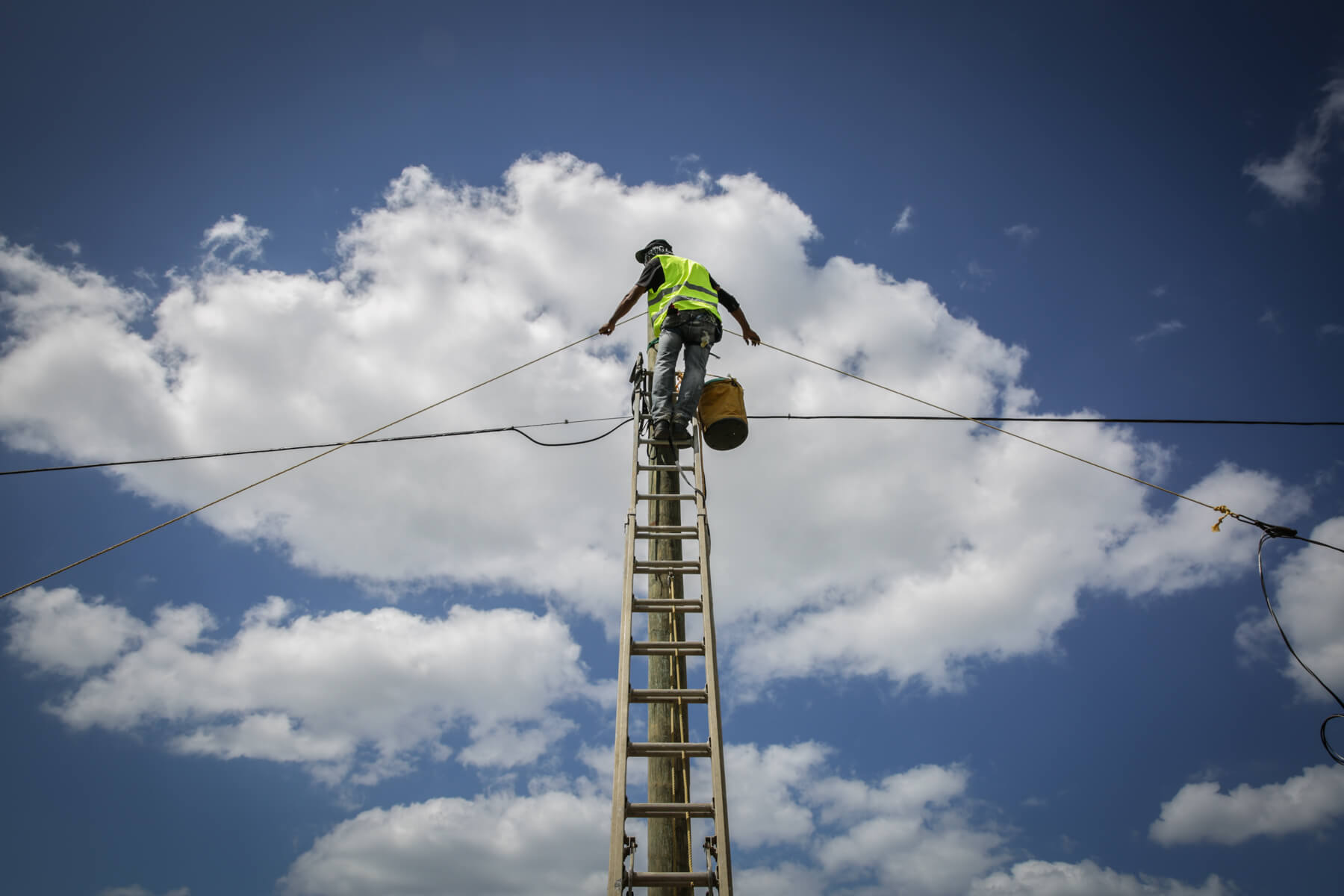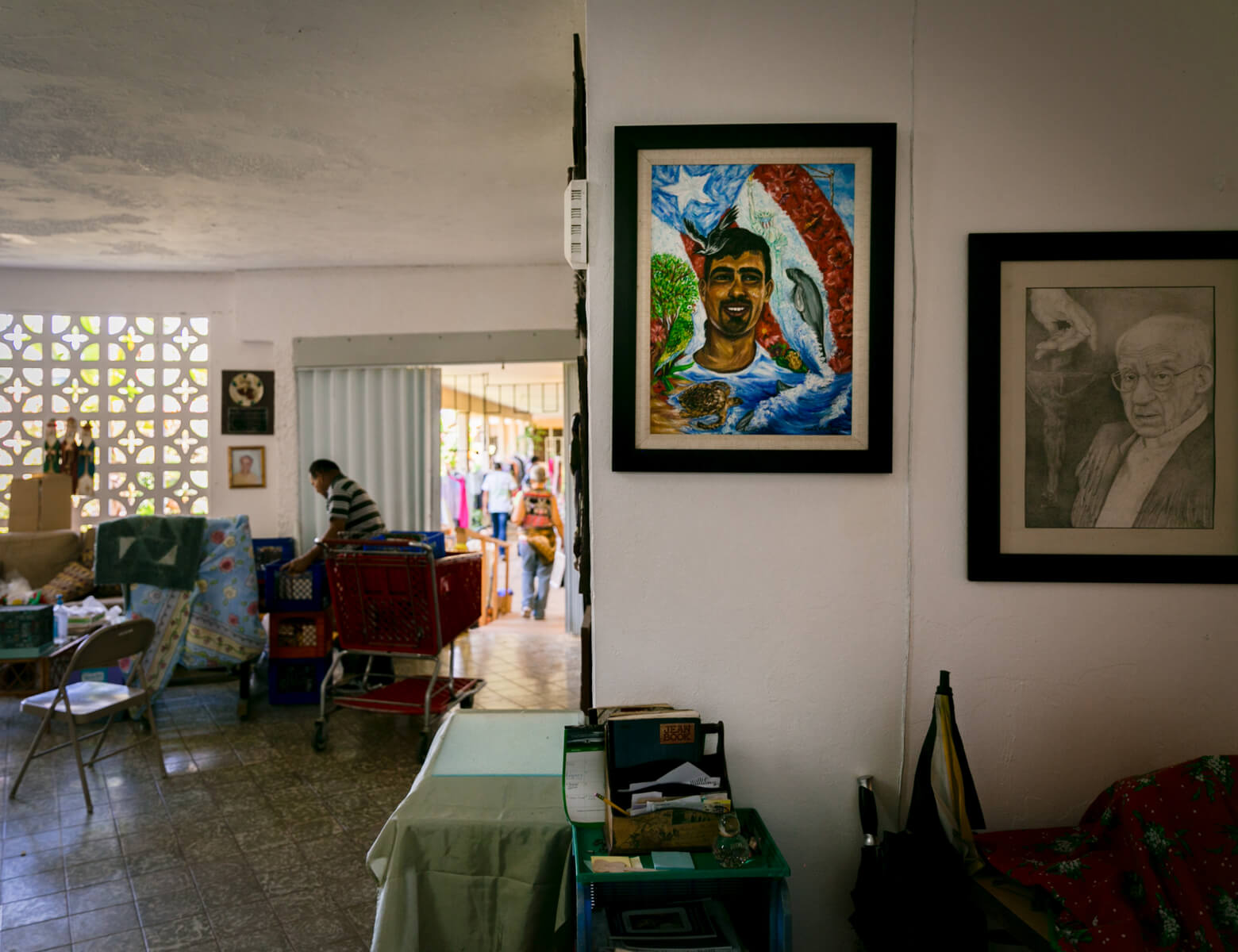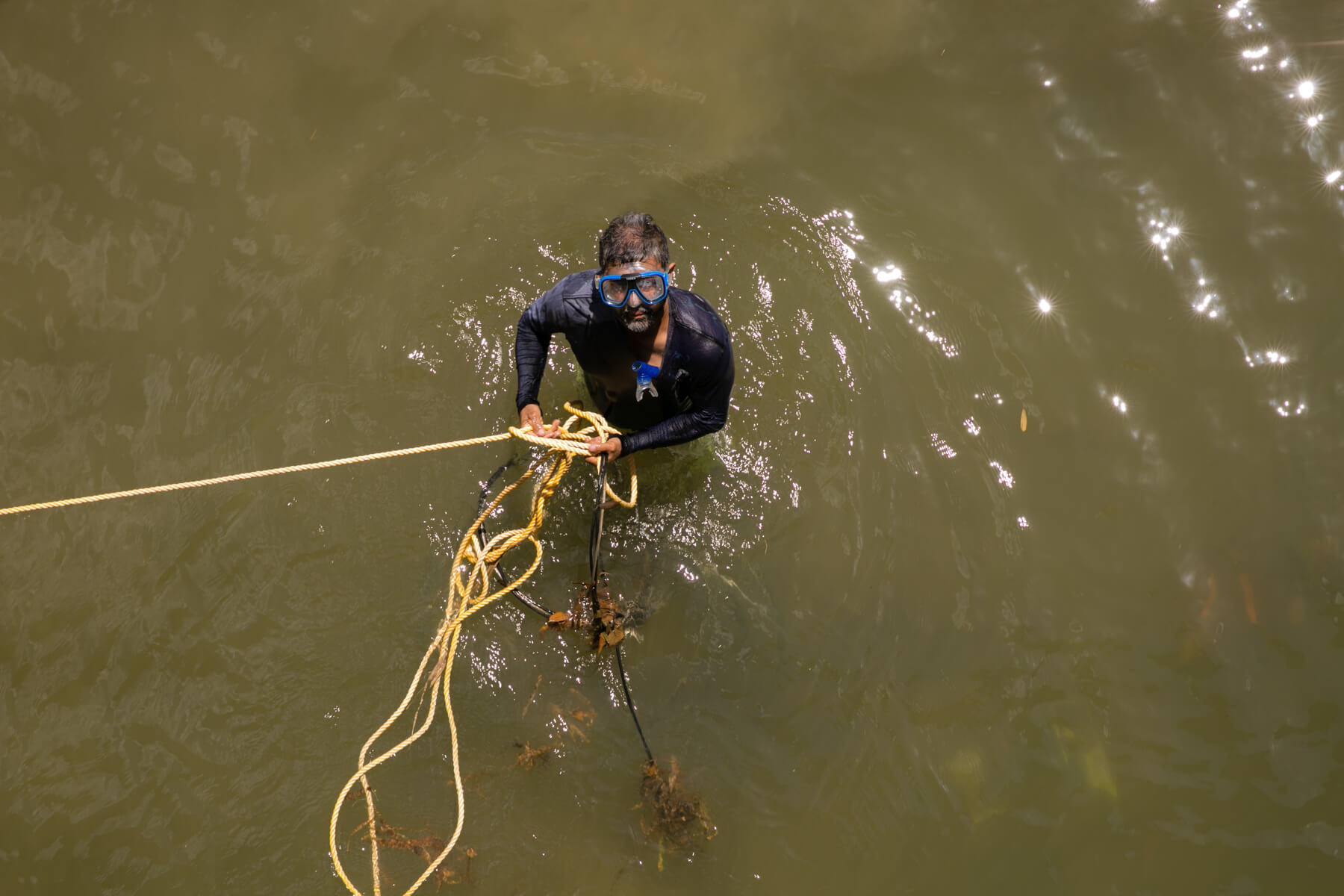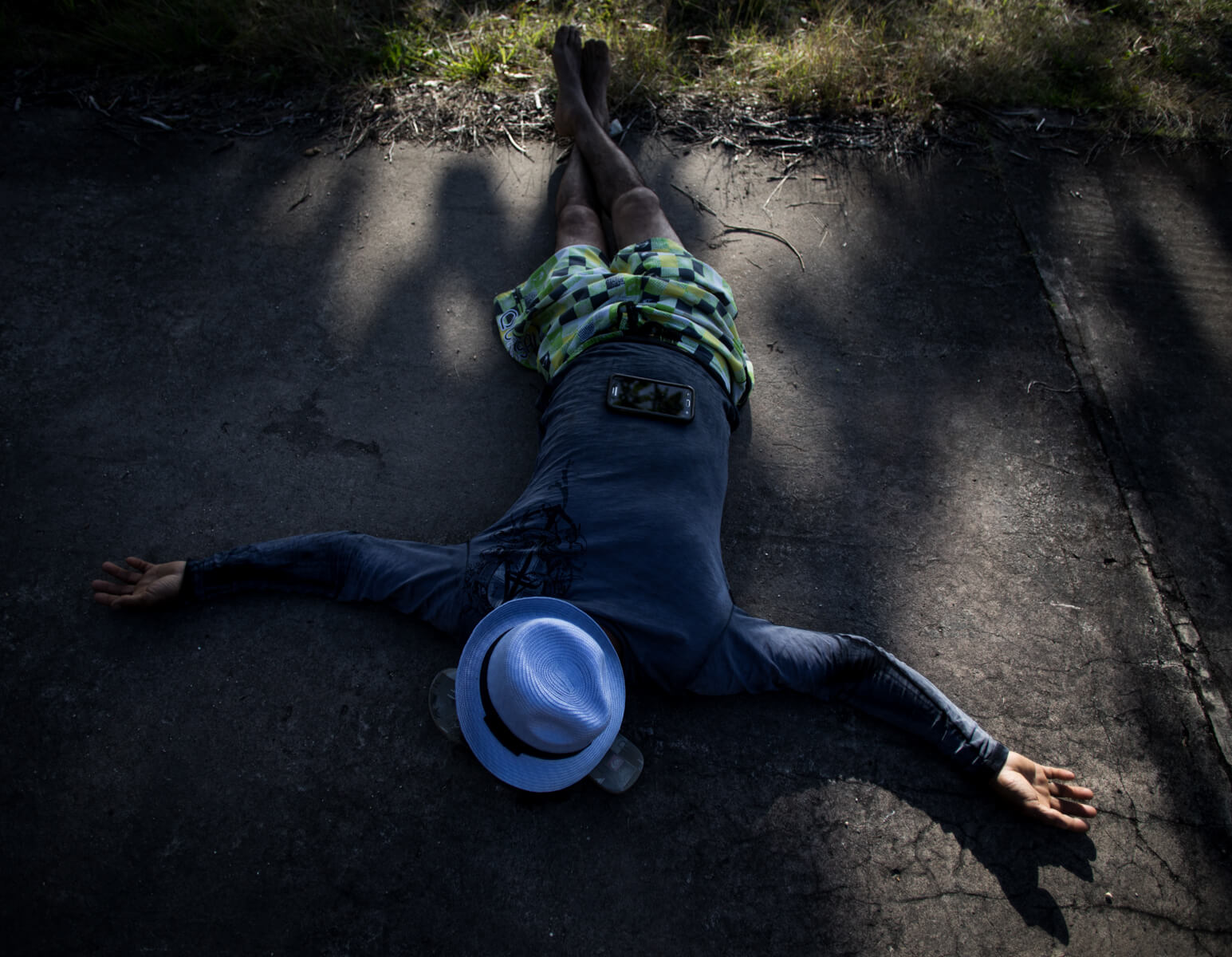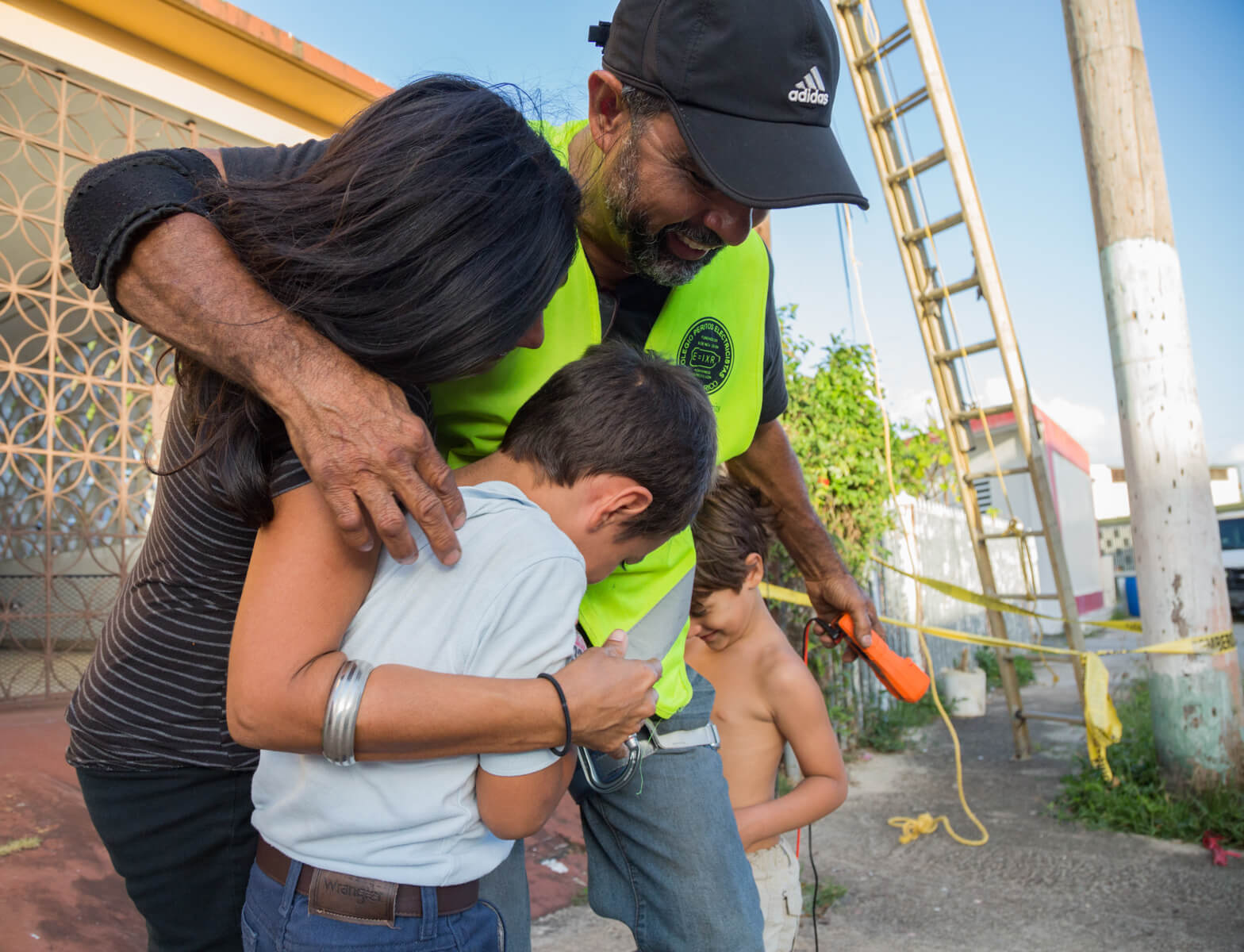

when the power goes out
Life without power based on the experiences of Mirna, 59, of the Naranjito Municipality,
who endured without power for over six months before the lights came on.
September 20, 2017
Hurricane Maria makes landfall in Puerto Rico,
causing widespread power outages.
Day 1
You begin to assess the damage done to your property. You still have your car. You still have your roof. You know your neighbors around you might not have been so lucky.
Week 1
You're told it may take a while for your power to come back on, which is expected. You just went through this with Hurricane Irma, so nothing new here. You begin using battery-powered lanterns to get around your house at night. During the day, you are expected to be at work where you are assisting those in the community who cannot help themselves. You have canned food saved up for your meals. You luckily have your car, which means you sit in it while it charges your phone so you can receive updates from friends and family.
Month 2
Living without power has become more of a struggle. Every time you venture out to the store for batteries or a simple fan, you come home empty-handed since they are sold out. You have your family in mainland U.S. send you some supplies. You invest in a gas grill to heat your food, which sets you back financially since you now have to buy a propane tank. You've gotten better at cooking because every time you cook too much, it must be given to the dog or thrown out.
Month 4
You're still holding out on buying that expensive generator with the hopes that the power will be restored to your neighborhood any day now, just like the government has told you. You continue to carry lanterns around during the mornings and nights. You do, however, sleep a lot because once it's dark, there is little else to do.
Month 6
You finally cave and buy a generator, costing over $1,000 plus the gas it uses. You now have power for 4 - 6 hours each day to complete chores, cool your home and refrigerate your food. Soon after you buy this generator, the AEE restores power to your neighborhood. You finally buy a fridge and stock it with fresh food. The power continues to go in and out, causing you to resort to more non-perishable foods and lanterns from time to time, but it's progress.
Why is it taking so long?
The strength of Hurricane Maria is one of several factors that has led to such a long recovery. Pre-existing problems paired with Hurricane Irma hitting Puerto Rico just days before Maria have exacerbated recovery efforts. While the citizens on the island try to return to normal, there are lingering problems holding them back and slowing the process. Many worry repairs will not be completed until the 2018 hurricane season begins, starting the process all over again. Hover over or click the icons below to learn more.
broken equipment
challenging terrain
private contractors
PREPA's debt
Source: Vox, "Puerto Rico’s blackout, the largest in American history, explained" by Umair Irfan









